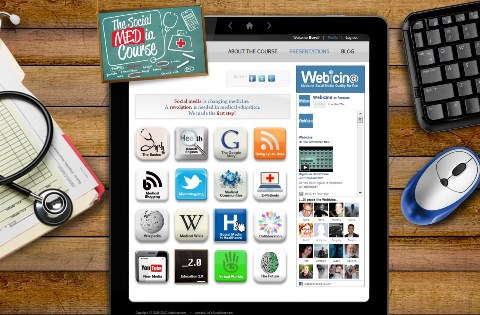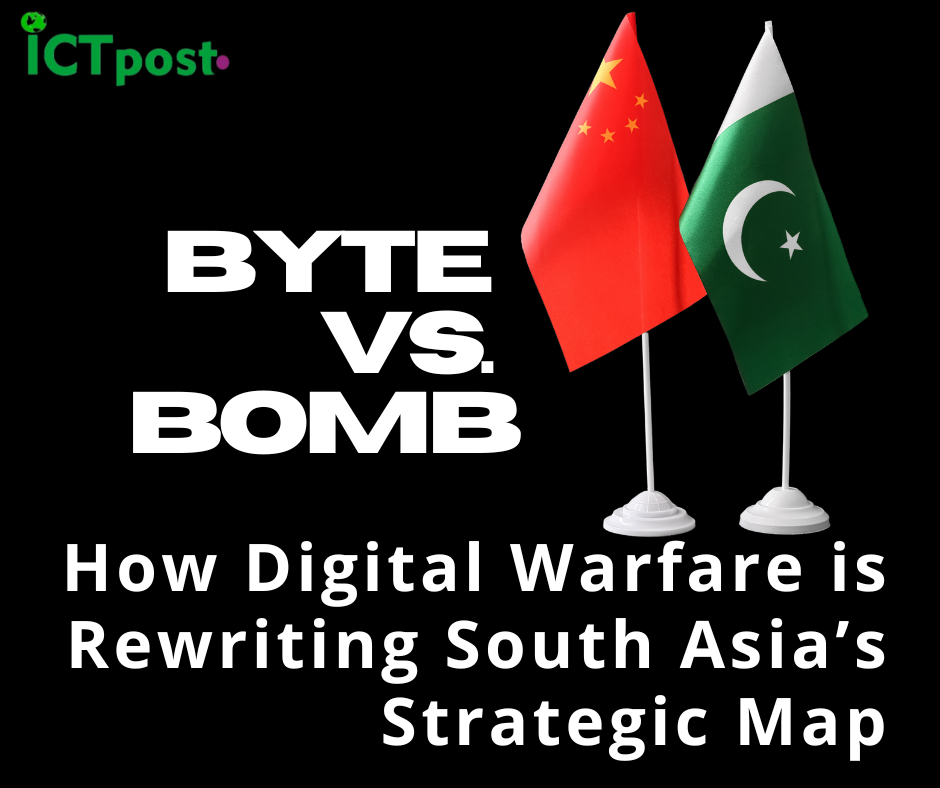- ICTpost Education Bureau

The combination of broadband, cheaper laptops and iPad-style tablet computers is putting online teaching services into the mainstream. We can learn a lot with South Korea in this context. The country is one of the world’s highest-rated education systems, aims to consolidate its position by digitising its entire curriculum.
By 2015, it wants to be able to deliver all its curriculum materials in a digital form through computers. The information that would once have been in paper textbooks will be delivered on screen. An Organisation for Economic Co-ordination and Development (OECD) international assessment found that 15-year-olds in South Korea were the most competent users of digital technologies in a survey of 16 developed countries.
Distance Learning Tools
The interactive whiteboards have allowed teachers to take advantage of power of ICT within the teaching component of the teaching and learning process in ways that that are just not possible with the traditional personal computing approach to ICT in schools.
Teachers at Richardson Primary School have coined the term e-teaching to describe the?new pedagogy that is evolving promoted by the use of the interactive whiteboards.
Globally, virtual classrooms are well established. Most of the virtual study programmes use an e-learning platform (Learning Management System LMS) to administer students and courses and to provide learning content. Among them are blackboard, WebCT, moodle, joomlaLMS, SharePointLMS and Tadaros. Linden Lab’s Second Life, too, recently become a virtual classroom for major colleges and universities, including Princeton, Rice University, Pepperdine University, University of Derby (UK), and Vassar, the Open University (UK). Language learning in virtual worlds is the most widespread type of education in 3D virtual spaces, with many universities, mainstream language institutes and private language schools using 3D virtual environments to support language learning.
Succinctly, e-teaching involves the use of ICTs to enhance the art of teaching. Harnessing the potential of digital technology in presenting a concept, exploring implications, placing the concept in various contexts, creating links with existing knowledge, and leading discussions that probe student understanding and allow students to take their learning in personally relevant directions. E-Teaching is essentially a group activity and so sits comfortable within a classroom. The group can range up to the size of a normal class group. In this way e-teaching differs from conventional approach of incorporating ICTs into teaching programs, where normally the activities are aimed at the individual or small group. e-Teaching is a move along the spectrum away from a didactical pedagogy to a more interactive one. Students can not only interact with SMART Boards in ways that are simply not possible with a standard whiteboard, they can also interact with the content and context of the lessons by digitally capturing and manipulating their work and local environment, incorporating it within the lesson and sharing it with the group.
Indian Scenario
In India alone, the estimated market for distance learning tools is worth $70 billion. GS Lab has invested approximately Rs 5 crore to develop this tool over the last few years. According to GS Lab, a company spends around Rs 3 lakh to make a fresher productive after recruitment. The training and knowledge refreshment costs of experienced professionals are up to Rs 20,000 per year.
The e-learning tools as well as the satellite TV services available in India for education are not interactive. With travel costs increasing everyday and the dearth of qualified teaching staff emerging as the biggest challenge for educational institutions as well as for companies, there is an immense scope for virtual learning tools and products.







